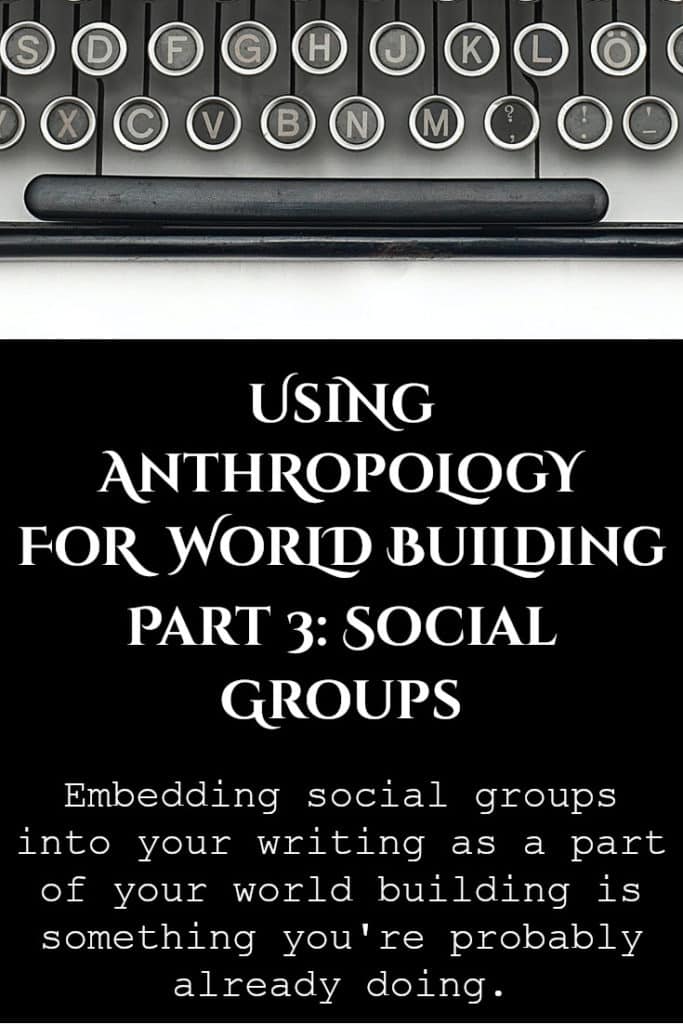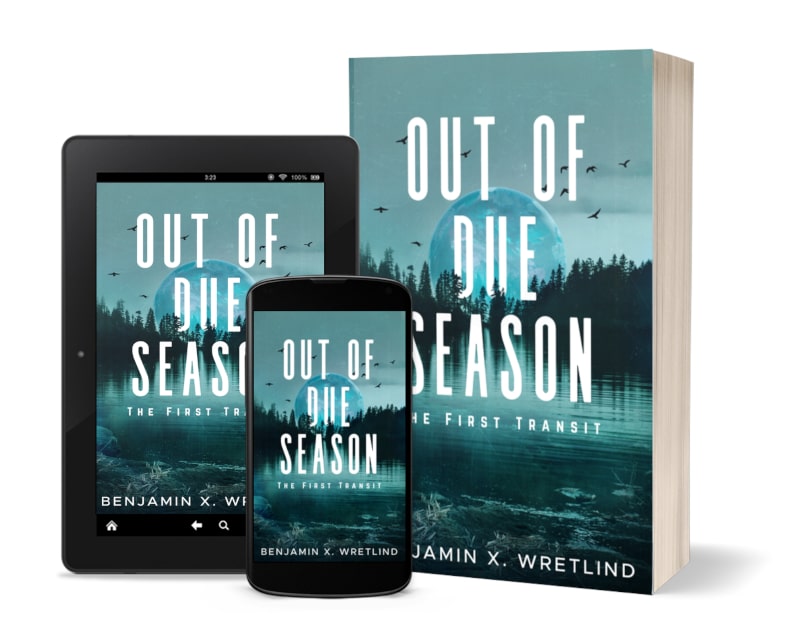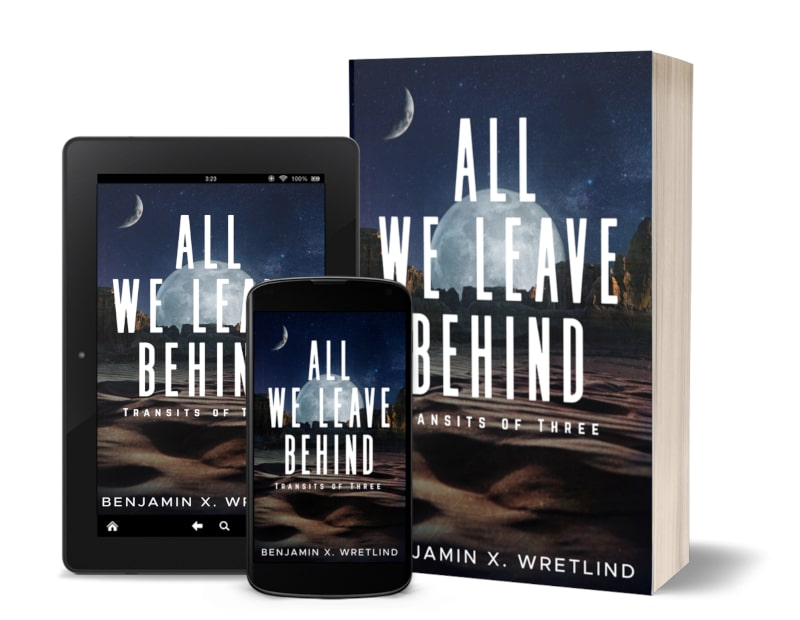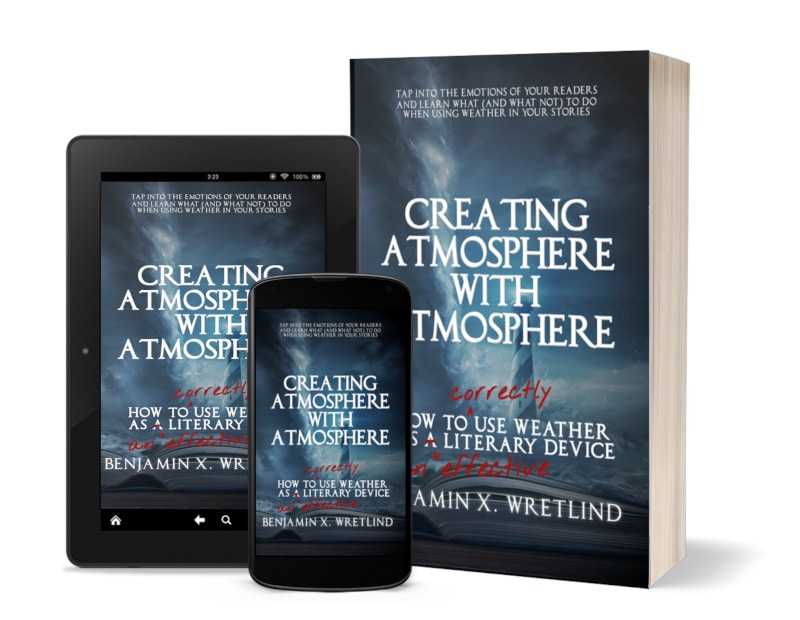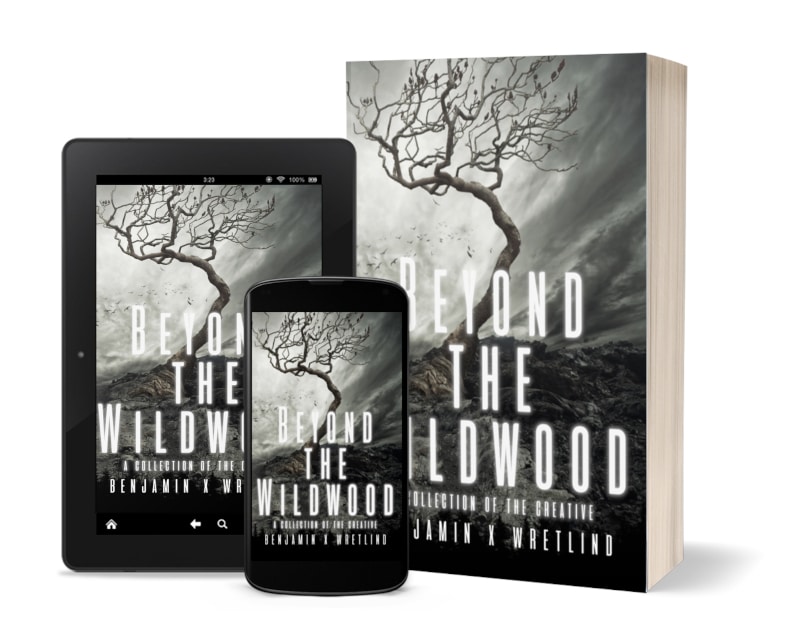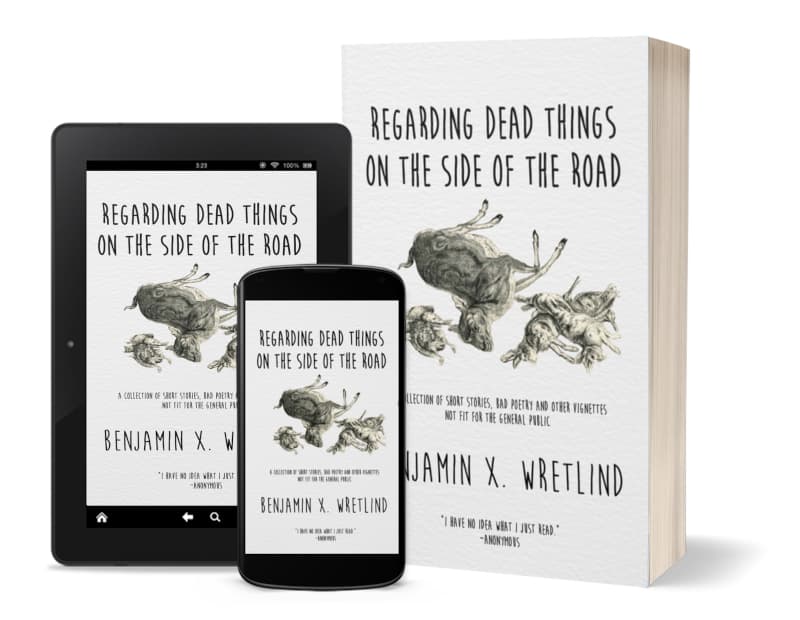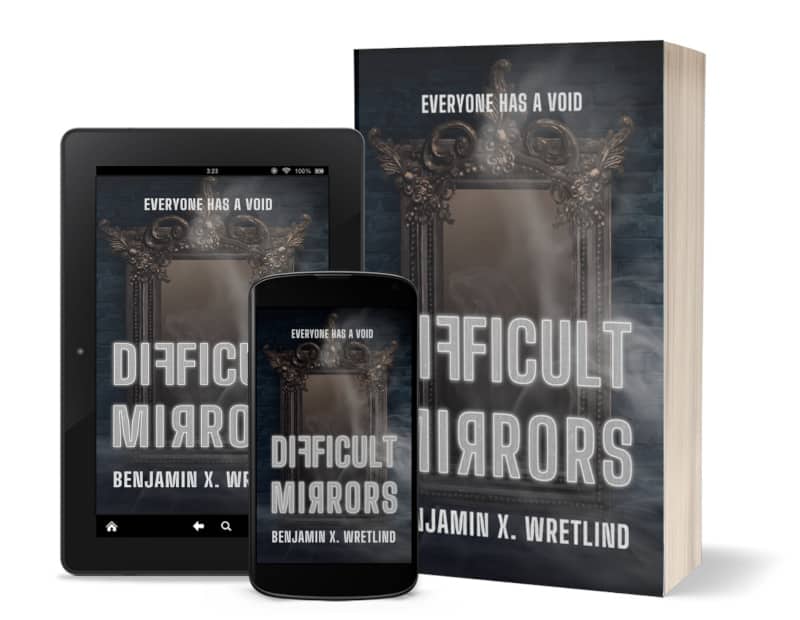Using Anthropology for World Building – Part 3 (Social Groups)

This article is all about social groups, something we write into our fiction whether we want to or not. So far in this eight-part series on using anthropology for world building, we’ve touched on language and religion.
Here, we’ll focus on the element of social groups. Recall that there are eight elements of culture that separate one from another. They are:
Every time I think of a group of people, the phrase “circle of friends” pops up.
When it does, so comes the earworm by Edie Brickell.
If you don’t know the song “Circle”, look it up. It’s quite…quaint and reminds me of great days in the early 1990s.
It’s also a very depressing song that can be summed up by one phrase: “And being alone is the, is the best way to be…”
As writers, we are alone. It’s the way we want it. But as readers, we are joining a circle of friends in a book and going on an adventure.
Humans are social beings, as are other sentient creatures. They live together and that forms a society. That society is perception, feeling, presence. It’s not a thing.
Within this society, collections of people form social groups. It can be a small social group or a large one, but whatever it is, the social group is a reflection of the society.
Walfred A. Anderson and Frederick B. Parker define a group as:
units of two or more people in the same environment, or overcoming distance by some means of communication, who are influencing each other psychologically. The distinctive bond of the group is reciprocal interaction. Friends in conversation, a committee in action and children playing together are examples.
Anderson, W.A. & Parker, F.B. in Manfredi, J. F. (1965). Society: Its Organization and Operation (Book). American Sociological Review, 30(4), 635–636. https://doi-org.yale.idm.oclc.org/10.2307/2091398
The implication of that definition is that relations among people in a social group is not temporary. When you’re writing a story, most likely you’re already creating social groups and those groups are a reflection of the society in which you placed them.
So how can we use this definition to enhance our stories?
- First, do you have a story with two or more people in the same environment? (My guess is you do.)
- Next, if they are not in the same environment, are they able to communicate via Internet, phone or some other device?
- Do they influence each other psychologically? That is, if your protagonist and antagonist are in the same group, are they playing off the strengths and weaknesses of each other effectively causing behavioral change? (This part here is the essence of conflict, and conflict drives your story.)
- Is there reciprocal interaction, meaning when one person does X, the other does Y? (I would say that’s true, because if X and/or Y do not happen, you probably don’t have a plot.)
When you’re writing, most likely you’re already creating social groups and those groups are a reflection of the society in which you placed them.
When you’re reading a story, you become a part of that author’s society. This is probably why books stick with us more than movies: it takes us more than 2 hours to read a book (well, most of us). Readers can get into the heads of characters and become them, join their societies.
As you can see, embedding social groups into your writing as a part of your world building is something you’re probably already doing.
You are already using anthropology for your world building. You’re already bringing readers into your circle of friends.
In Sunshine and Shadow: Exodus, or The Second Transit, social groups are fully defined. There are children playing, a Council, and plenty of people living together in a community who engage in conversation. When I sat in on the workshop wherein anthropology was discussed, I realized that this element was probably the one I had described the most.
That didn’t mean there wasn’t work to be done.
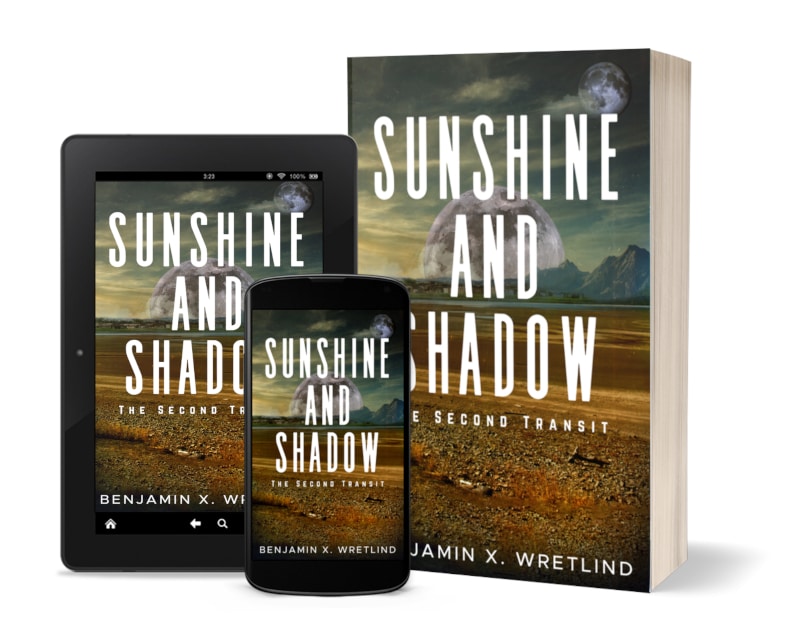
To see how much work I put into social groups to help define a culture, you can check out Sunshine and Shadow: Exodus, or The Second Transit.


